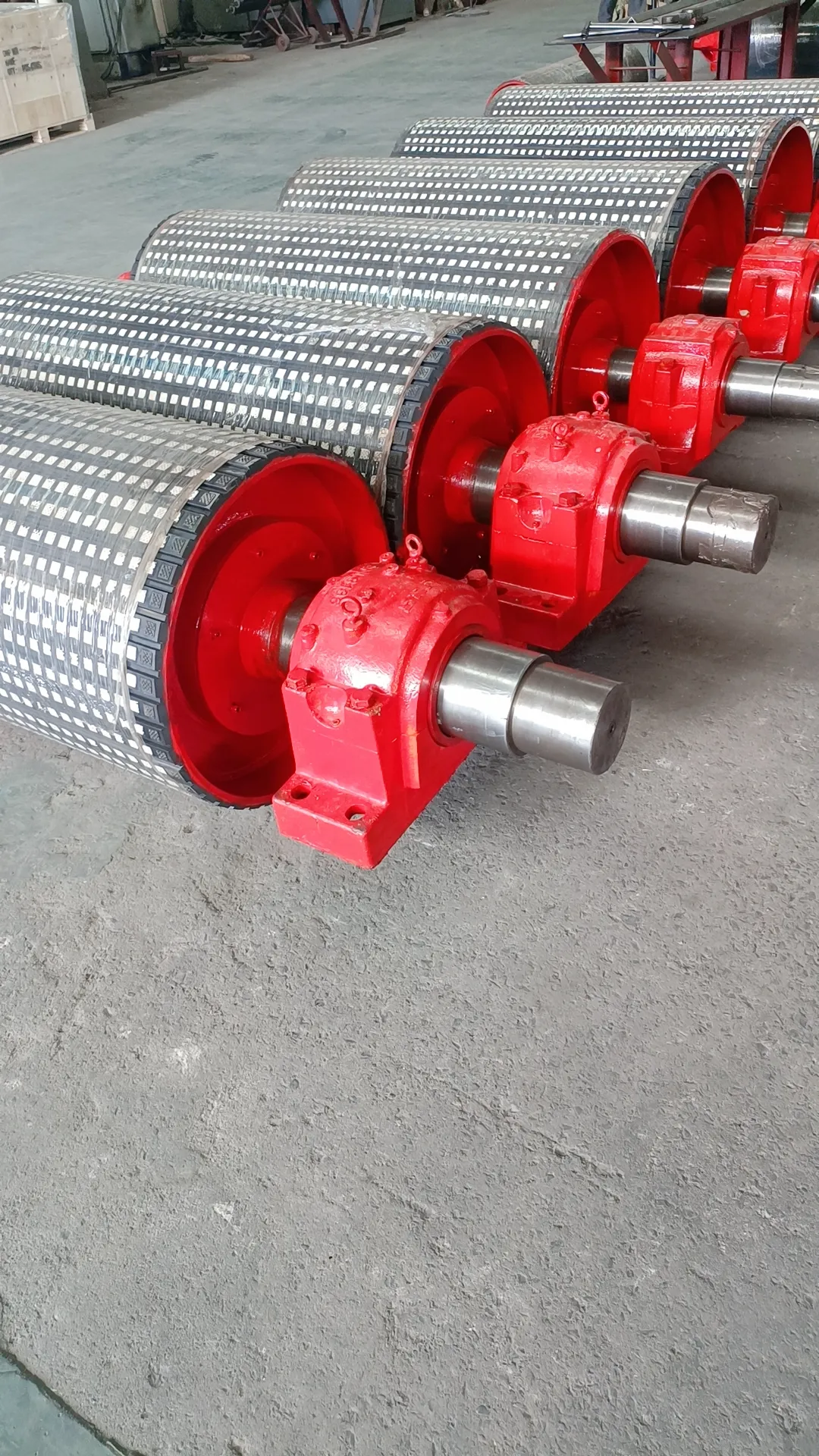 Afrikaans
Afrikaans  Albanian
Albanian  Amharic
Amharic  Arabic
Arabic  Armenian
Armenian  Azerbaijani
Azerbaijani  Basque
Basque  Belarusian
Belarusian  Bengali
Bengali  Bosnian
Bosnian  Bulgarian
Bulgarian  Catalan
Catalan  Cebuano
Cebuano  Corsican
Corsican  Croatian
Croatian  Czech
Czech  Danish
Danish  Dutch
Dutch  English
English  Esperanto
Esperanto  Estonian
Estonian  Finnish
Finnish  French
French  Frisian
Frisian  Galician
Galician  Georgian
Georgian  German
German  Greek
Greek  Gujarati
Gujarati  Haitian Creole
Haitian Creole  hausa
hausa  hawaiian
hawaiian  Hebrew
Hebrew  Hindi
Hindi  Miao
Miao  Hungarian
Hungarian  Icelandic
Icelandic  igbo
igbo  Indonesian
Indonesian  irish
irish  Italian
Italian  Japanese
Japanese  Javanese
Javanese  Kannada
Kannada  kazakh
kazakh  Khmer
Khmer  Rwandese
Rwandese  Korean
Korean  Kurdish
Kurdish  Kyrgyz
Kyrgyz  Lao
Lao  Latin
Latin  Latvian
Latvian  Lithuanian
Lithuanian  Luxembourgish
Luxembourgish  Macedonian
Macedonian  Malgashi
Malgashi  Malay
Malay  Malayalam
Malayalam  Maltese
Maltese  Maori
Maori  Marathi
Marathi  Mongolian
Mongolian  Myanmar
Myanmar  Nepali
Nepali  Norwegian
Norwegian  Norwegian
Norwegian  Occitan
Occitan  Pashto
Pashto  Persian
Persian  Polish
Polish  Portuguese
Portuguese  Punjabi
Punjabi  Romanian
Romanian  Russian
Russian  Samoan
Samoan  Scottish Gaelic
Scottish Gaelic  Serbian
Serbian  Sesotho
Sesotho  Shona
Shona  Sindhi
Sindhi  Sinhala
Sinhala  Slovak
Slovak  Slovenian
Slovenian  Somali
Somali  Spanish
Spanish  Sundanese
Sundanese  Swahili
Swahili  Swedish
Swedish  Tagalog
Tagalog  Tajik
Tajik  Tamil
Tamil  Tatar
Tatar  Telugu
Telugu  Thai
Thai  Turkish
Turkish  Turkmen
Turkmen  Ukrainian
Ukrainian  Urdu
Urdu  Uighur
Uighur  Uzbek
Uzbek  Vietnamese
Vietnamese  Welsh
Welsh  Bantu
Bantu  Yiddish
Yiddish  Yoruba
Yoruba  Zulu
Zulu conveyor training idlers
Understanding Conveyor Training Idlers A Key Component for Efficient Material Handling
Conveyor systems are the backbone of modern logistics and material handling operations. Among the various components that make up a conveyor system, training idlers play a crucial role in ensuring smooth and efficient movement. In this article, we will explore what conveyor training idlers are, their importance, types, and maintenance practices to enhance their performance.
What are Conveyor Training Idlers?
Conveyor training idlers are components used in conveyor systems to control the alignment and tracking of the conveyor belt. They are strategically placed along the conveyor system to guide the belt back to its designated path, minimizing belt misalignment, slippage, and wear. Without proper alignment, a conveyor belt can wander off its designated path, leading to inefficient operation, increased wear and tear, and potential damage to the system.
Importance of Training Idlers
The significance of training idlers cannot be overstated. They help maintain the proper trajectory of the conveyor belt, ensuring that materials are transported efficiently and safely. When a belt is misaligned, it can cause several issues, including
1. Increased Wear and Tear Misalignment leads to uneven wear on the belt and other components, resulting in the need for more frequent repairs and replacements. This not only increases maintenance costs but also affects operational efficiency.
2. Safety Hazards A wandering conveyor belt can pose safety risks to workers and equipment. A belt that slips off may cause materials to spill, leading to accidents and potential injuries.
3. Reduced Efficiency An aligned belt operates more smoothly and efficiently, ensuring that materials are transported at optimal speeds. Misalignment can result in bottlenecks and reduced throughput.
4. Lower Energy Consumption Proper alignment reduces friction and resistance, allowing the conveyor system to operate more efficiently. This can lead to lower energy costs, which is especially important for facilities aiming to minimize operating expenses.
Types of Training Idlers
There are several types of training idlers, each designed for specific applications and requirements
conveyor training idlers

1. Adjustable Training Idlers These allow for manual adjustments to the position of the idler, helping to correct tracking issues as they arise.
2. Self-Aligning Training Idlers These idlers are designed to automatically adjust and realign the conveyor belt as it moves. They respond to the belt's tracking behavior without the need for manual intervention, making them suitable for applications where continuous adjustments are required.
3. Crowned Training Idlers The surface of these idlers is crowned or tapered, which helps to guide the belt back to the center. This design encourages the belt to move toward its ideal position, reducing the likelihood of misalignment.
Maintenance Practices for Training Idlers
To ensure that training idlers function effectively, regular maintenance is essential. Here are some best practices
1. Regular Inspections Conduct routine checks to identify signs of wear or malfunction in the idlers. Look for excessive wear on rollers and ensure they rotate freely.
2. Cleaning Dirt and debris can affect the alignment and operation of training idlers. Keep the area around the idlers clean to prevent blockages and interference.
3. Alignment Checks Periodically check the alignment of the entire conveyor system, adjusting idlers as necessary to maintain proper tracking.
4. Lubrication Ensure that all moving parts are adequately lubricated to prevent wear and ensure smooth operation.
Conclusion
Conveyor training idlers are a vital component of any conveyor system, playing a crucial role in maintaining efficient material handling and ensuring safety. By understanding their importance, types, and maintenance practices, businesses can enhance their operational efficiency, reduce costs, and ultimately contribute to a more productive work environment. Regular attention to training idlers can significantly impact not just the lifespan of the conveyor system but also the overall effectiveness of material transport operations.
-
Revolutionizing Conveyor Reliability with Advanced Rubber Lagging PulleysNewsJul.22,2025
-
Powering Precision and Durability with Expert Manufacturers of Conveyor ComponentsNewsJul.22,2025
-
Optimizing Conveyor Systems with Advanced Conveyor AccessoriesNewsJul.22,2025
-
Maximize Conveyor Efficiency with Quality Conveyor Idler PulleysNewsJul.22,2025
-
Future-Proof Your Conveyor System with High-Performance Polyurethane RollerNewsJul.22,2025
-
Driving Efficiency Forward with Quality Idlers and RollersNewsJul.22,2025





























